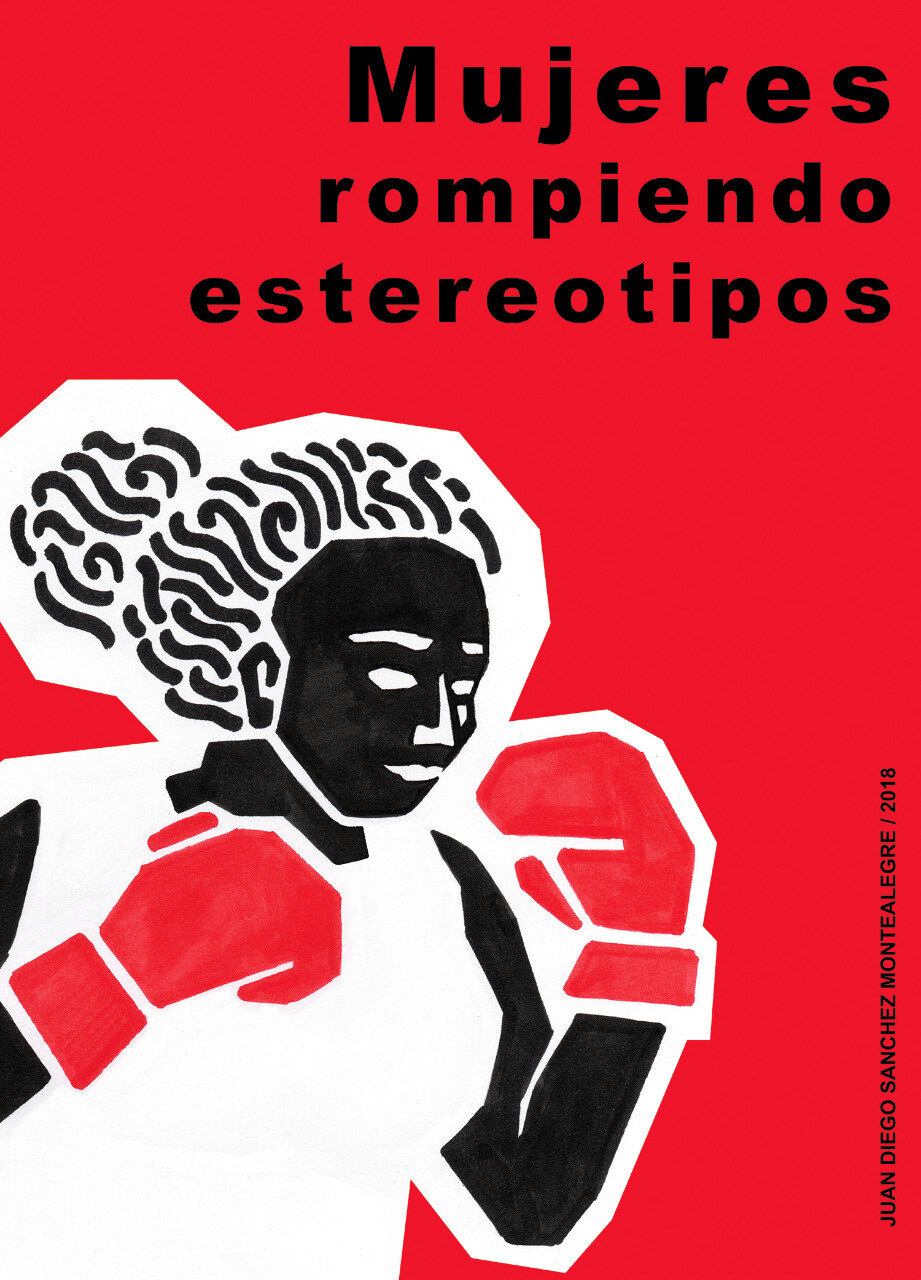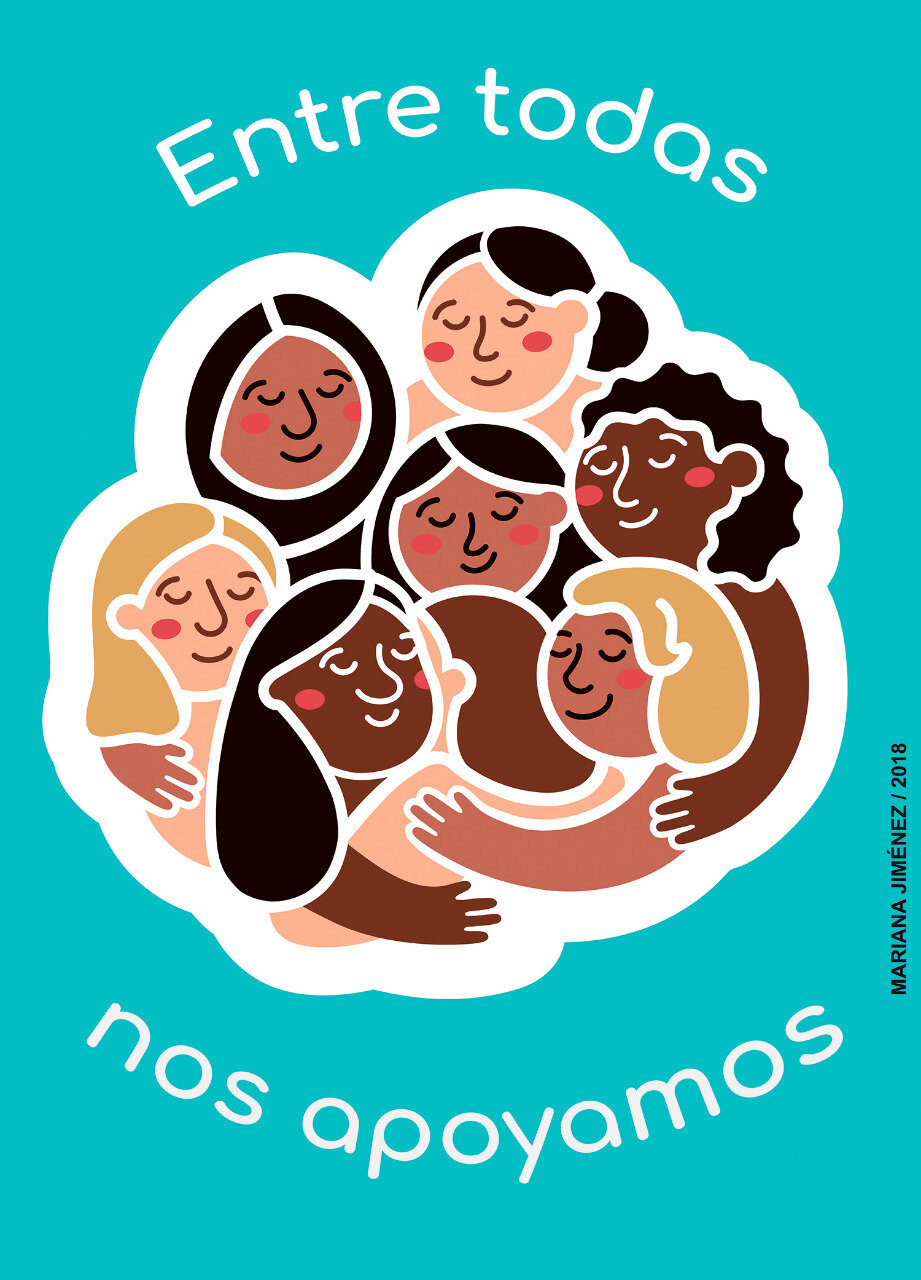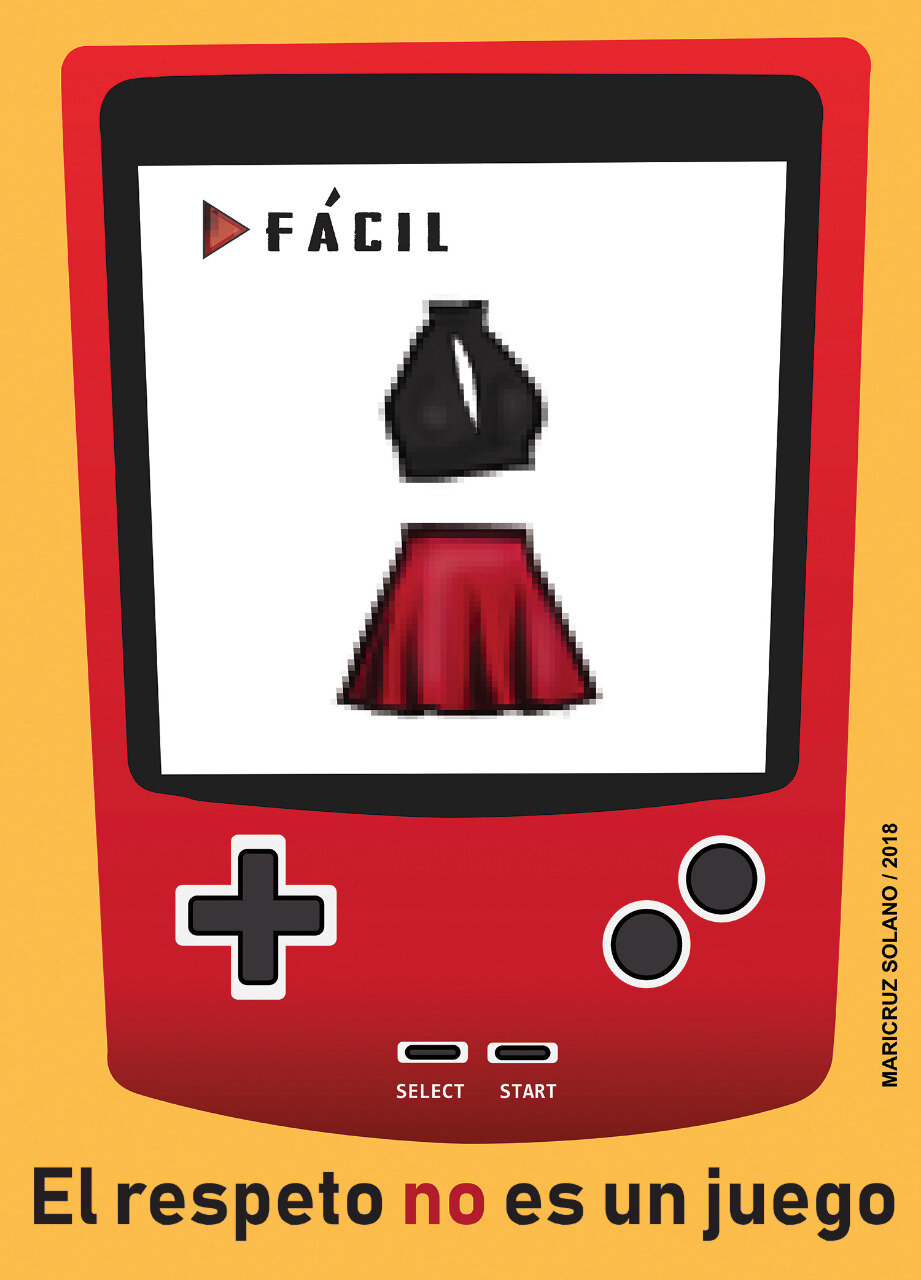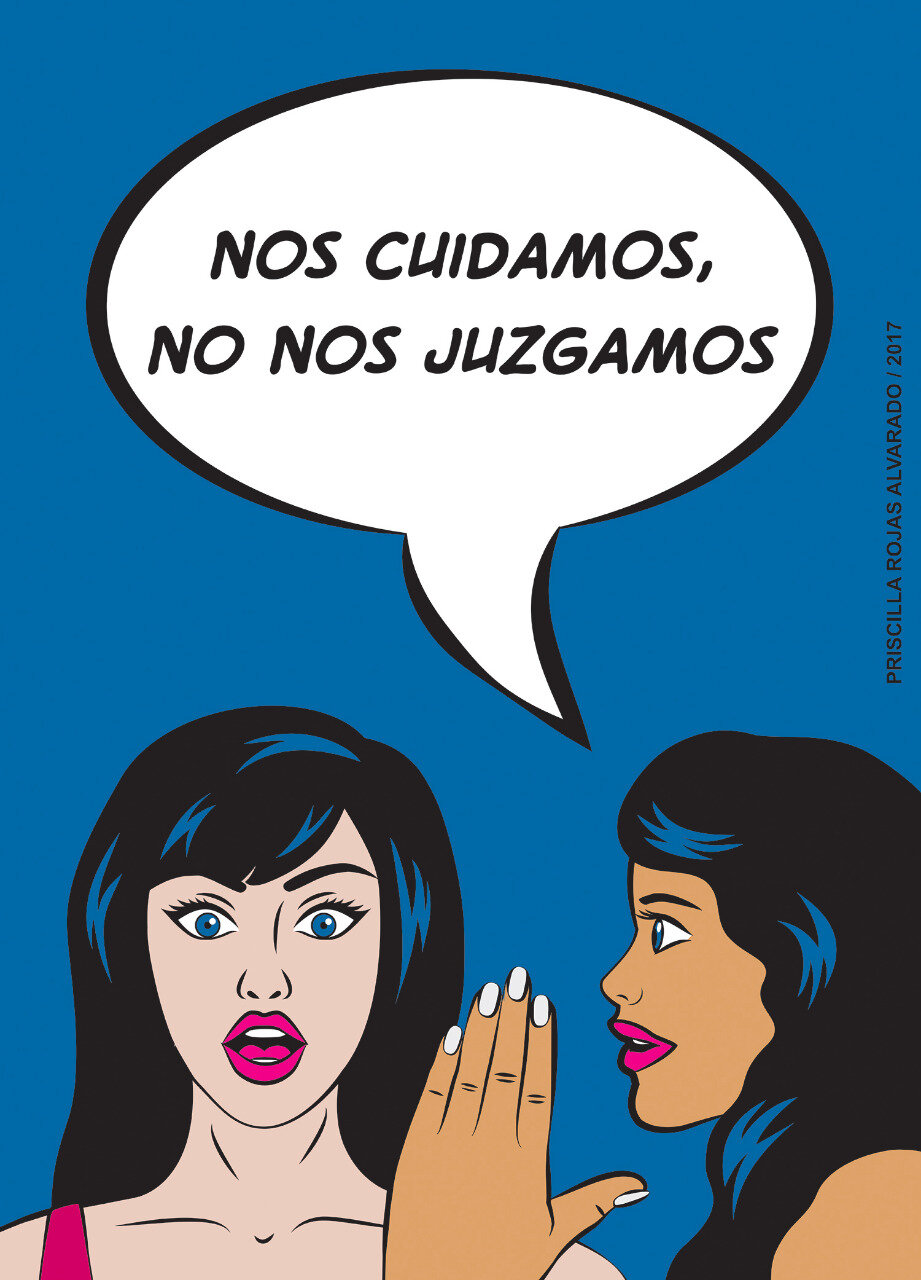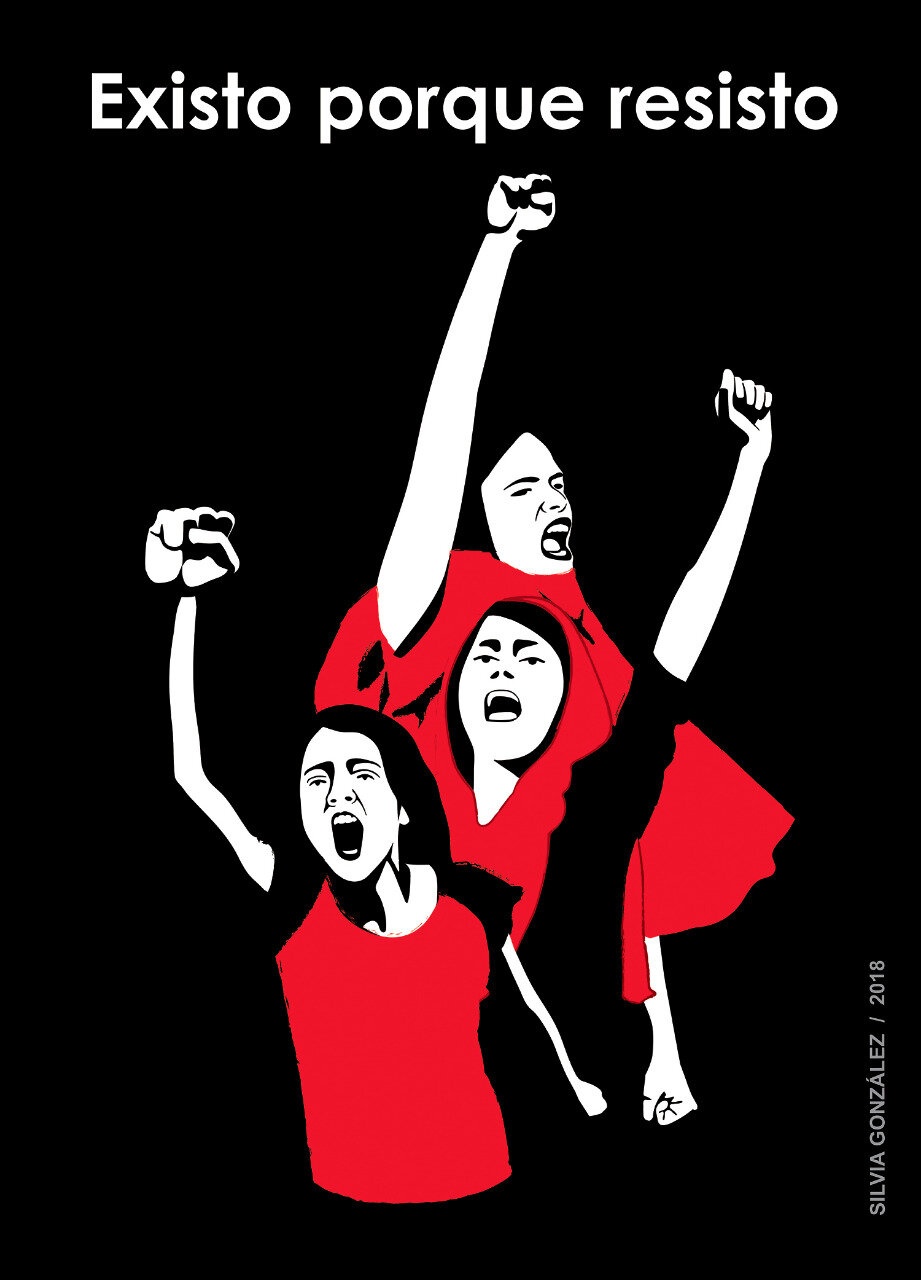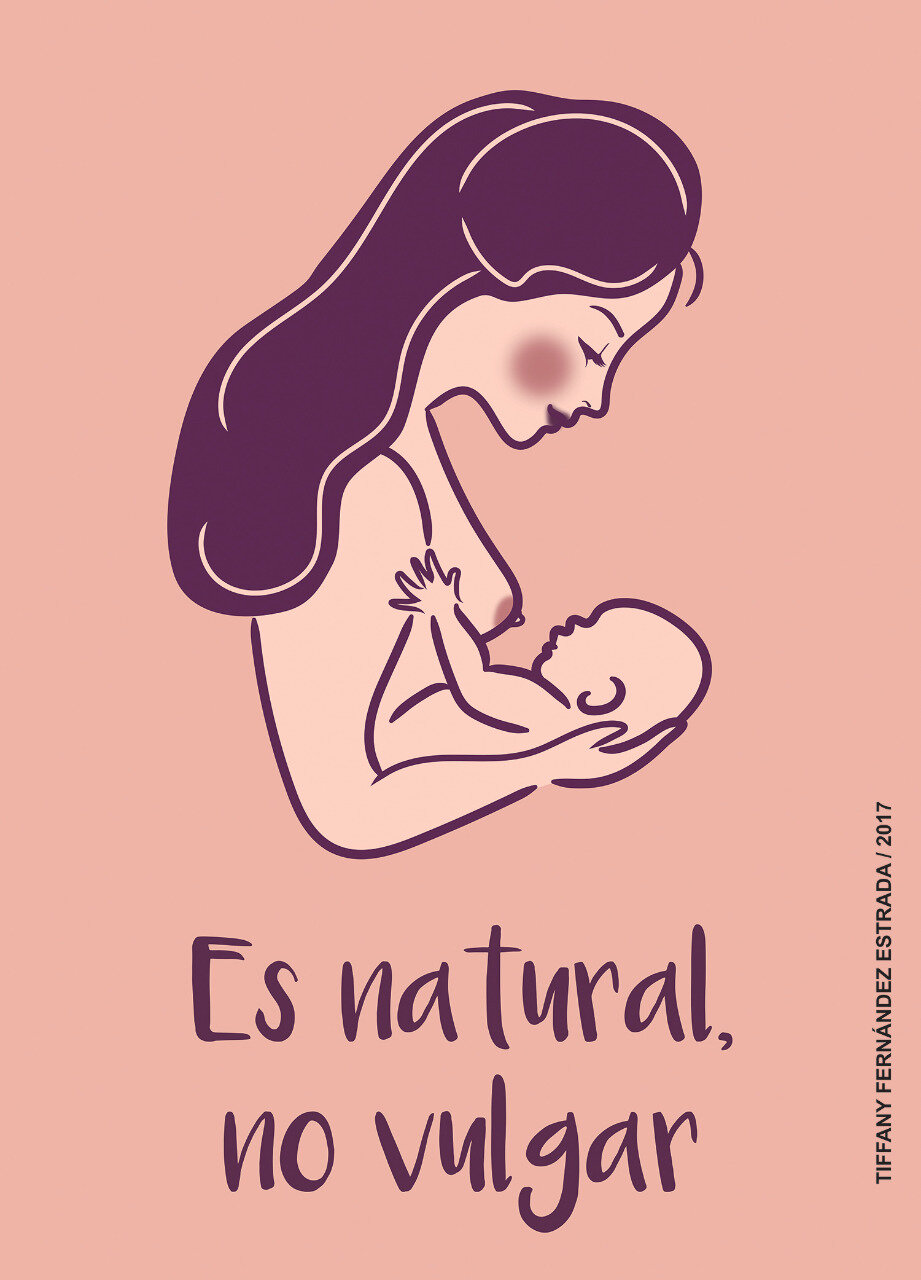CARTEL MUJER
Mujeres que piensan, sienten y viven su universo femenino desde distintas experiencias, seunen en esta exhibición para hablar a través de la imagen en formato de cartel; universoslejanos y paralelos, se identifican con nociones de justicia, denuncia, empoderamiento,defensa y derechos de igualdad respecto a la mujer como individuo en sociedad.Erika Bornay, estudió la representación de mujeres bajo la mirada de artistas masculinos deculto, a quienes llamó Las hijas de Lilith (1990) porque en dichas representacionesartísticas la imagen de la mujer se redujo al modelo de mujer fatal. Pero el caso es queLilith, según varios relatos mitológicos, fue la primera esposa de Adán, quien inconformecon su situación decidió abandonar al esposo que le había sido dado...
Ahora bien; el contexto al que hace referencia Bornay, inicia en el siglo XIX en Europa, enel que se experimentaban importantes transformaciones sociales, económicas, políticas yculturales. En ese momento, las mujeres comenzaron a vincularse activamente en la vidapública, asumiendo trabajos remunerados, reclamando derechos, permitiéndose incluso elgoce sexual y organizándose como colectivo desde el movimiento feminista. Por tanto, enesa movilización femenina radicaría, según la autora, el temor ante el descalabro del statuquo del sistema patriarcal; la mujer era una amenaza latente y se convirtió en una fatalidadsegún el arte y el pensamiento ilustrado de carácter misógino.
Sin embargo, he querido proponer aquí, una posibilidad sobre otras hijas de Lilith libre dela acepción negativa proveniente de la mirada patriarcal y misógina. Estas otras hijas deLilith, son latinoamericanas, libre pensadoras y contestatarias; mediante el mensaje en elcartel su inconformidad se manifiesta en relación a situaciones cotidianas que afectan a lasociedad mundialmente, hoy y en el pasado, es una denuncia ante el flagelo de la misoginiay la injusticia, es un alzar de voces que luchan por derechos que no son privilegios.Este colectivo femenil representa sus inquietudes y a sí mismas, en un diálogo abierto sobrela violencia de género, en un panorama que ya no se reduce a localismos, sino que desde
Costa Rica apela a trascender fronteras, en vista de que el azote patriarcal castigafuriosamente a miles de mujeres cada día, en lamentables escenarios de abuso psicológico,físico y con una alarmante cuota de feminicidios a nivel global.Sea la imagen en el cartel o el cartel como imagen, un recurso para la denuncia, perotambién para la reflexión. A este colectivo se han unido también voces masculinas quecomparten los mismos objetivos, una señal de los tiempos de cambio.
Les insto con estas palabras, en un gesto simbólico, apropiarnos de la herencia de Lilith, lainconforme, para que sigamos luchando por la memoria, por el presente y por lo que nosdepare el futuro…
M.A. Yula J. Cambronero-BonillaDocente e investigadora UCRArtista e historiadora del arte
Women who think, feel and live their feminine universe from different experiences, are join in this exhibition to speak through the image in poster format; universes distant and parallel, they identify with notions of justice, denunciation, empowerment, defense and rights of equality regarding women as individuals in society.Erika Bornay, studied the representation of women under the gaze of male artists from cult, whom he called Lilith's daughters (1990) because in these representationsThe image of women was reduced to the model of a fatal woman. But the case is that Lilith, according to several mythological accounts, was Adam's first wife, who disagrees with his situation he decided to leave the husband who had been given ...However; the context to which Bornay refers, begins in the 19th century in Europe, in the one that underwent important social, economic, political andcultural. At that time, women began to actively link in life public, assuming paid work, claiming rights, even allowing the sexual enjoyment and organizing as a collective from the feminist movement. Therefore inThis feminine mobilization would be, according to the author, the fear of the collapse of the status quo of the patriarchal system; the woman was a latent threat and became a fatality according to art and illustrated thinking of a misogynist nature.However, I wanted to propose here, a possibility about other daughters of Lilith free of the negative meaning from the patriarchal and misogynistic gaze. These other daughters of Lilith, they are Latin American, free thinkers and contestants; through the message in the poster its disagreement is manifested in relation to everyday situations that affect the society worldwide, today and in the past, is a complaint against the scourge of misogyny and injustice, is a boost of voices fighting for rights that are not privileges.This women's group represents their concerns and themselves, in an open dialogue about gender violence, in a scenario that is no longer reduced to localisms, but since Costa Rica appeals to transcend borders, given that the patriarchal scourge punishes furiously thousands of women every day, in unfortunate scenarios of psychological abuse, physical and with an alarming share of feminicides globally.Be the image on the poster or the poster as an image, a resource for the complaint, but also for reflection. This group has also joined male voices that They share the same goals, a sign of the times of change.I urge you with these words, in a symbolic gesture, to appropriate Lilith's heritage, the unhappy, so that we continue fighting for memory, for the present and for what we hold the future ...M.A. Yula J. Cambronero-BonillaUCR teacher and researcherArtist and art historian











